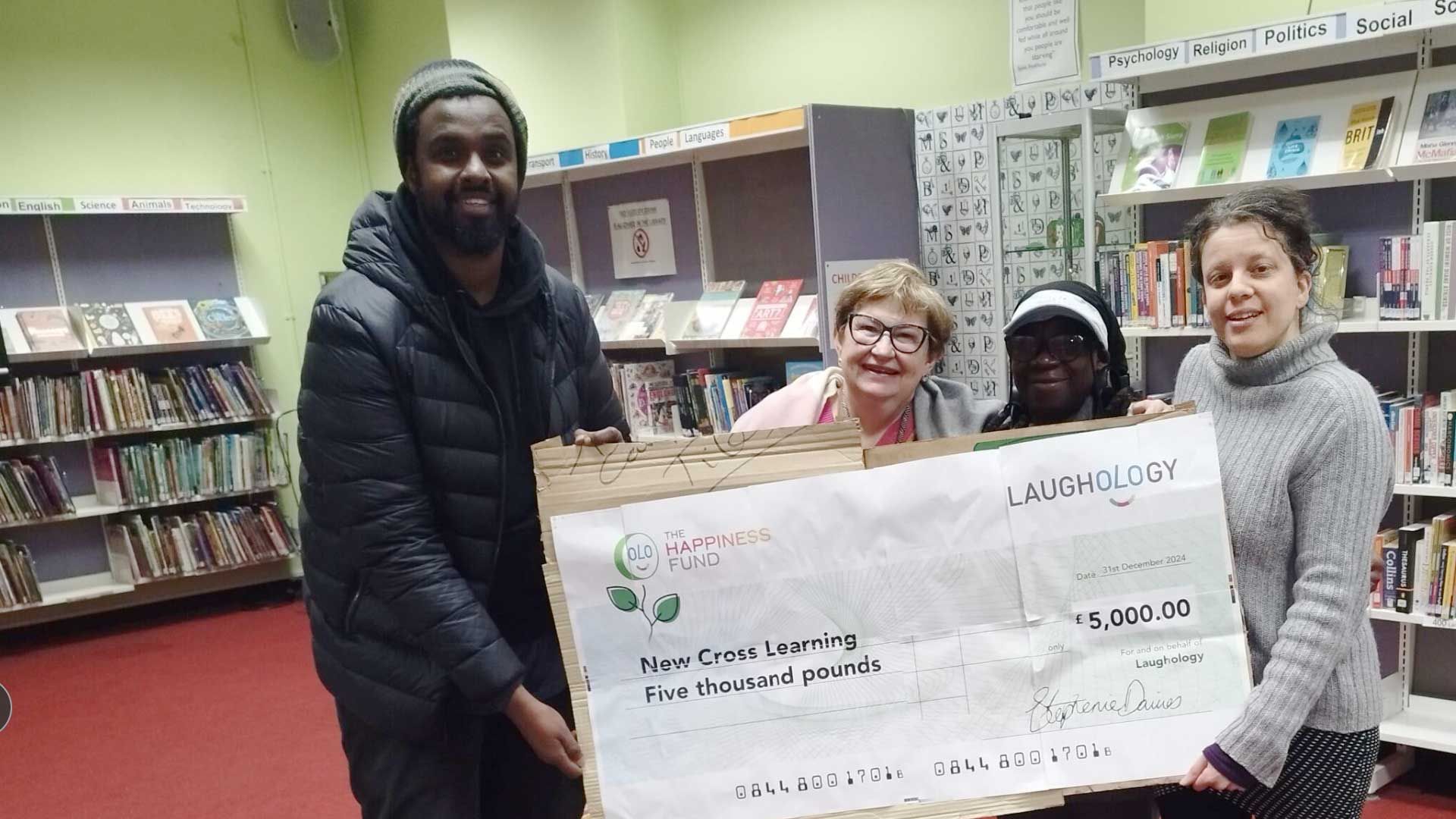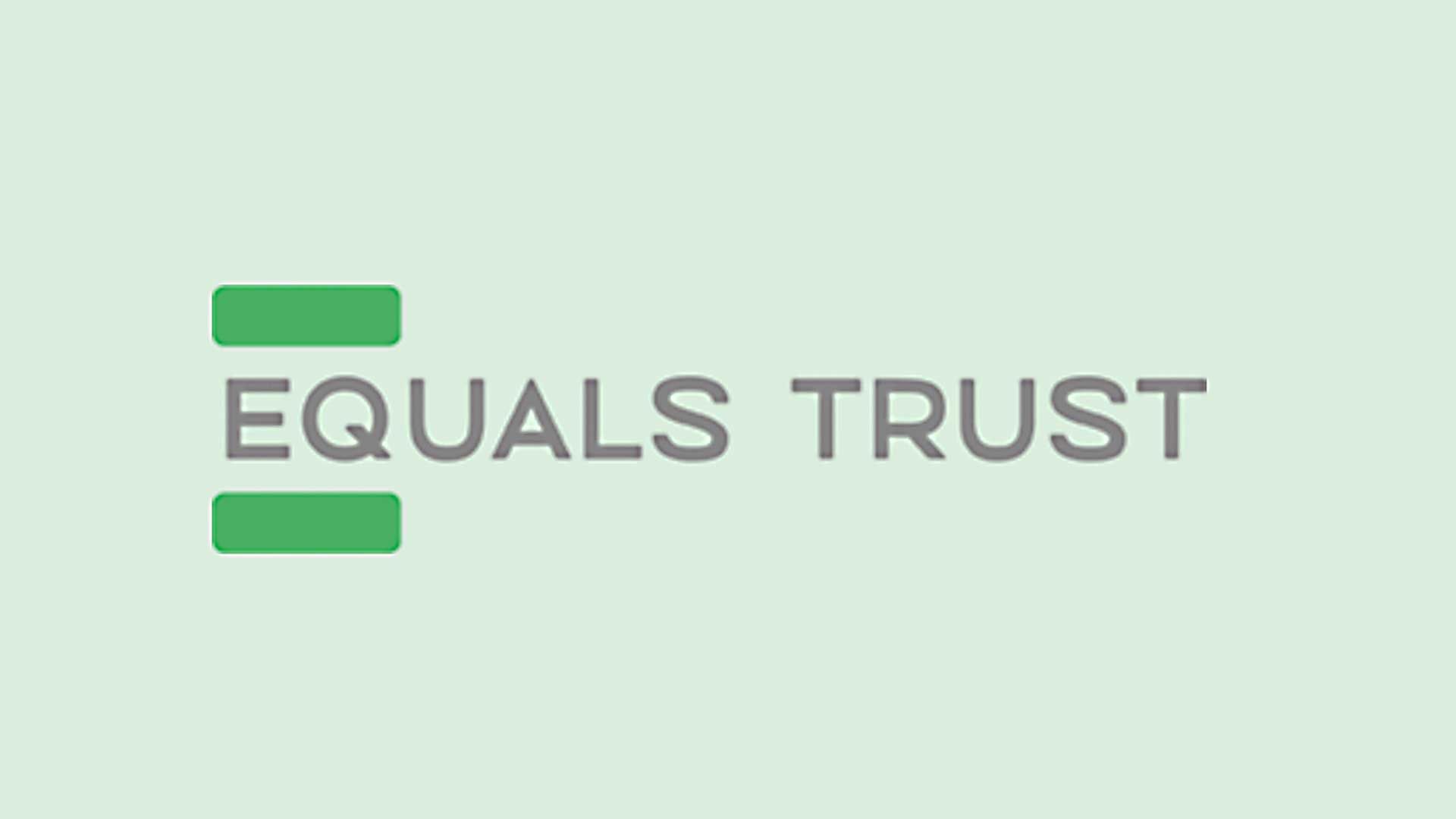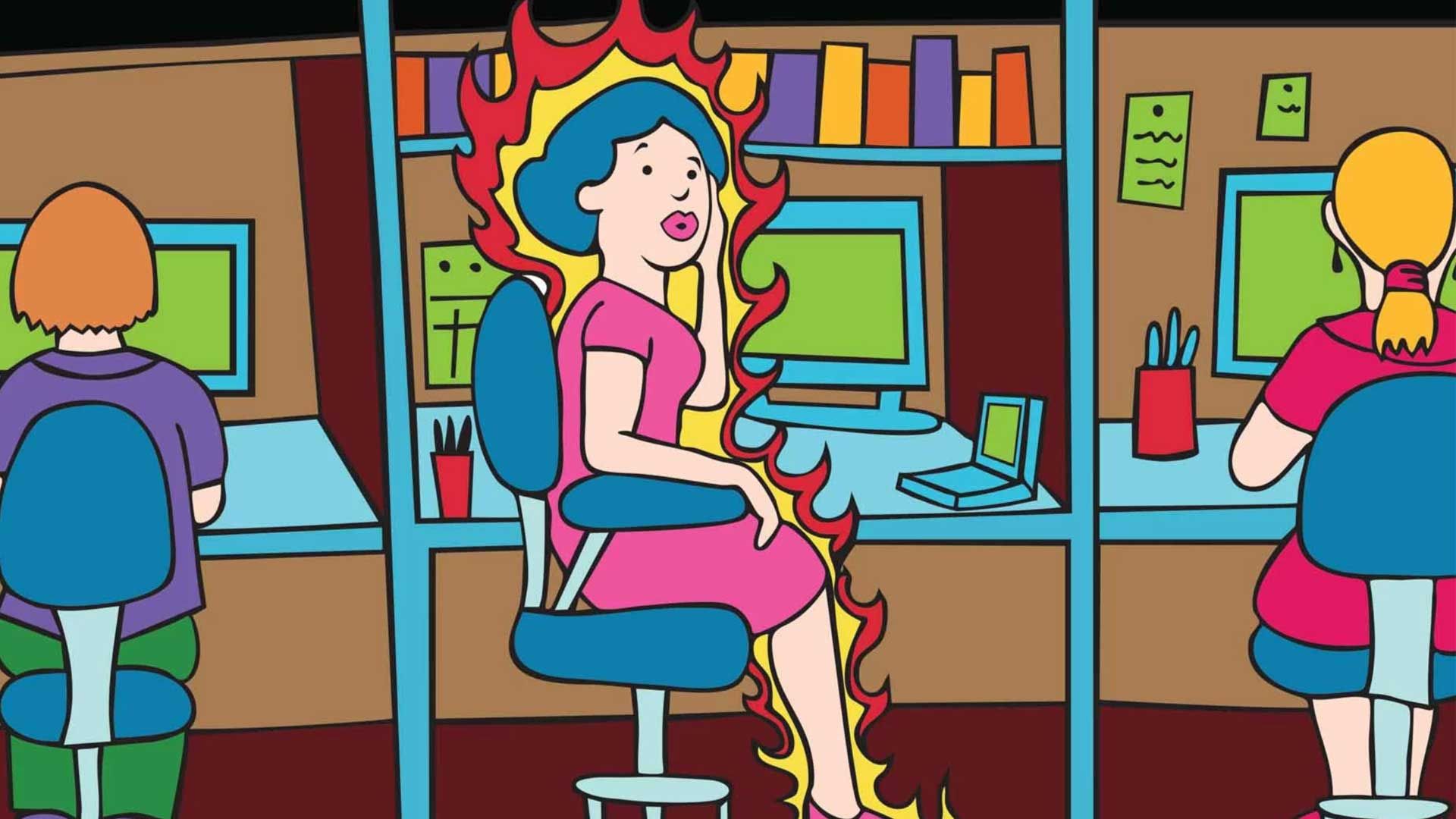Does your class need a confidence boost? Start here…

One of the worst things about being a Year 6 teacher is SATs. Yes, I know you’ll probably tell me it’s worse for the kids but hear me out.
Picture this: it’s the first Monday of test week. In the days when I was still in the classroom, this meant all children were confronted with the reading paper. Often designed to test children’s reading ‘stamina’ and their skills, it was a test that often got my goat.
Why? Because I worked in a school in one of the most deprived areas in our local authority. Some children were struggling to wear shoes big enough for their feet or to head out the door with something to fill their hungry bellies, let alone consider the author’s choice of language in a text they could barely comprehend.
One such boy, we’ll call him Jack, was someone who found reading a huge struggle. He’d had all sorts of provision in place, but, as is often the case, he didn’t ‘qualify’ for a dyslexia diagnosis, let alone an EHCP. A gazillion hoops to jump through, anyone?
On the day of the test, Jack opened the paper, took one look at the extract and put his pencil down, a single tear snaking its way down his cheek and dripping onto the paper; the tiny thud seemed to echo around the room. Shortly followed by another. I can remember looking at him and feeling desperate.
Here was a child who had lost hope. The task in front of him was seemingly impossible. He had nothing to give and no confidence in his ability to try. It didn’t matter how many practice questions we’d done or the 1:1 support he’d received; this was one step too far for him. It was an experience that has remained etched in my brain for almost a decade since.
That afternoon, as I sipped my (desperately needed) cup of tea, I reflected long and hard about the situation. About how many of our children carry this invisible burden. Yes, partly it was down to his individual needs, but it was also about self-confidence, that elusive quality that makes all the difference between "I can't" and "I'll try."
Understanding Self-Confidence
Before building confidence in our pupils, we must understand what it looks like in the classroom. It's not about being the loudest or always having the right answer. True confidence shows up in subtle ways – it's in the child who's willing to have another go after making a mistake or the quiet pupil who finally raises their hand to contribute.
Self-confidence manifests differently in each child. Sometimes, it's visible in body language – shoulders back, head up, eye contact. Other times, it's in their approach to learning – tackling challenges head-on, using positive self-talk, or showing independence in their work.
Who springs to mind in your class when you think about these qualities? Who struggles?
Building Blocks of Confidence
The trick, I've learned, isn't about constant praise – children can spot empty compliments a mile off. Instead, it's about:
- Creating opportunities for genuine success: Breaking tasks into manageable chunks so children can experience regular wins.
- Teaching the power of 'yet': Adding this simple word to the end of "I can't do it" transforms a fixed mindset into a growth mindset. "I can't do it... yet" acknowledges the current struggle while keeping the door open for future success.
- Celebrating the journey, not just the destination: Sometimes, the child who worked hardest to improve deserves more recognition than the one who found it easy. Making effort visible helps children understand that struggle is normal and valuable. How can you model this for them?
Practical Strategies That Work
At Happy-Centred Schools, we've developed some fantastic free resources to help you build confidence in your classroom. Why not take a look and download what you need for your year group?
In the meantime, here are some ideas to get you started:
- Confidence Detectives: Children learn to spot confident behaviours in themselves and others. We use role-play to explore body language and what confidence looks like in different situations. There's a brilliant lesson where children become 'confidence spotters' for the day, noting down examples they see in their classmates.
- Tricky Task Toolkit: Children create their own personalised toolkit with approaches like "Take three deep breaths," "Break it down into smaller steps," or "Ask for help from my learning partner." This gives them practical ways to push through when they want to give up.
- Positive Self-Talk Champions: We explicitly teach children to recognise and challenge negative self-talk. A simple yet empowering activity is where children rewrite limiting beliefs into empowering statements. "I'm rubbish at maths" becomes "I'm learning new strategies in maths every day."
- Independence Ladder: Children identify small steps to become more independent, from "I can get my own resources" to "I can try three strategies before asking for help." They track their progress up the ladder, celebrating each small win.
More than academic success
I often wonder what happened to Jack - he’d be in his twenties by now. I can only hope he developed the skills to feel more self-confident as he went through secondary school. Because it wasn’t just about reading, not really. His experience shows the importance of having the confidence and resilience to try.
Whether it be reading tests or starting at a new school. Trying to understand how the hell to use a fronted adverbial or standing up in front of the class to talk about climate change. Putting your hand up when you don’t understand or saying ‘no’ when something isn’t right. Confidence comes into play in any and all situations.
And that's the real magic of developing it in the classroom – it's not just about academic success. It's about equipping our children with the belief that they can handle whatever challenges come their way, both in and out of school.
Check out the free self-confidence resources here - and if you want to have Laughology into your school for an INSET day, reach out to Doug via













